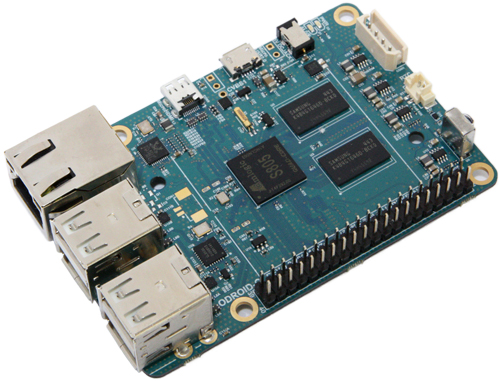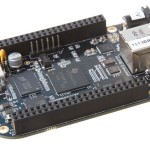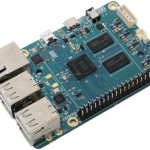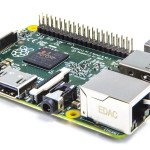Greetings…My name is Richard Call (KB3VGW). I am a new developer joining the OpenRepeater Project.
I wanted to take a moment to fill you in on on some big changes we are working. We are working hard to make some under the hood changes to build a strong foundation for the project. The first one is we now will have Debian ARM packages making installs and updates to multiple SBC devices much easier. Right now we are testing on 2 boards of choice: the Beaglebone Black and the Odroid-C1. We have plans to include the Raspberry Pi 2 in this mix soon.
Currently we have acceess to the boards and external hardware. We will be testing with some readily available hardware, but we have plans to design our own OpenRepeater interface board(s) that will either plug-on to the SMCs or connect to them with a ribbon cable…but this will be in a later phase.
Right now our main goal is to get a working set of images that work for a few select boards. Meaning flash and go . no need to sit and do a full install. Our end goal for the project is to make it simple for the average ham without having to have much Linux know how.
We have an updated build script we are working on to aid us in building these IMG files for each device. We will eventually make this available for other developers via our GitHub Project for those of you who wish to build on other ARM boards or help us build images for other platforms.
We are also working to clean up code and lighten up the resource requirements for better performance on embedded devices. One of these plans is to move from MySQL to SQLite as MySQL is really hard on eMMC and SD drives. Once this is done new IMG with the change will roll out for each device we are supporting.
For our initial test interface, we plan on using a modified EasyDigi Interface. This will give us the basic audio isolation from the USB sound card an the radios as well as an opto-isolated PTT control. For our interface board design, our plan would be to use a circuit similar to this but also build in a soundcard, and Real Time Clock (RTC) and or GPS, and a voltage regulator to run the whole shebang on a 12v system.
We may also experiment with some other interfaces such as: the Ultimate Linker Interface, the SignaLink USB from TigerTronics, Unified Microsystems SCI-6 PC Sound Card Interface Kits, and the RIGblaster Plug & Play. The viability of these interface for this project remain to be seen. Ultimately we feel a plug and play interface board will be our best and ultimate goal.
We are hoping to have some Beta IMGs up soon so other that are interested in the project can start testing the setup. We hope to support the following boards: BeagleBone Black, Raspberry Pi 2, and Odroid C1
This will allow for you to start testing and helping us get improve the project. Thanks for your time and we will post once we have images up and ready for testing. If you haven’t already, please make sure you join the mailing/contributor list so we can update you via email as soon as they are ready.
73 for Now,
Richard – KB3VGW





Thanks Richard for your contributions to the project and welcome to the Team!
Very nice project, I hope I can try it soon, best 73’s. Pierre ON8GE
Hi Pierre! Yes we’ve been working hard and plan to have some beta packages to release soon. If you haven’t already, please fill out the contributor from as it will add you to the mailing list so we can update you when there is something available to try. 73!
ODROID in pictures is U3 is not C1. 🙁
Fix please.
Thanks Chris for the catch. Sorry that was an old image, but it has been swapped out to prevent any confusion. Regards.
we are building a large system of BeagleBone Black with DMK engineering’s URI. Will you please include this in your foundations? we had a little bit of trouble with the system picking HiDraw0 or HiDraw1 and get directory rights and so forth. how can we help be part of this? we have modified the PHP scripts to better accommodate other than GPIO and so forth. We’ve done well but now we want a fully voted system – do we use an system at each transceiver to send the audio as IP to ANOTHER system with the IP receiver’s defined so they can be voted? otherwise i don’t know how else to get the audio turned into IP in a central system. Clearly SVXLink is very powerful and a great starting point – I think we can really make openrepeater very robust- I like the hardware solution you are working on. I would like to see the project completely replace RC-210 and SCOM controllers, and integrating the CTCSS under the hood is a great start. With voting and clustering it will be very cool. The other thing we should think about is how to build a buffer so that a simulcast system could be accomplished or to account for differences in the propagation of IP links on either the transmit or on the receive Voting sides. we need to be able to equalize the links in both directions. The GPS is a great start and if each node has a way to handle the delay that would be very powerful.